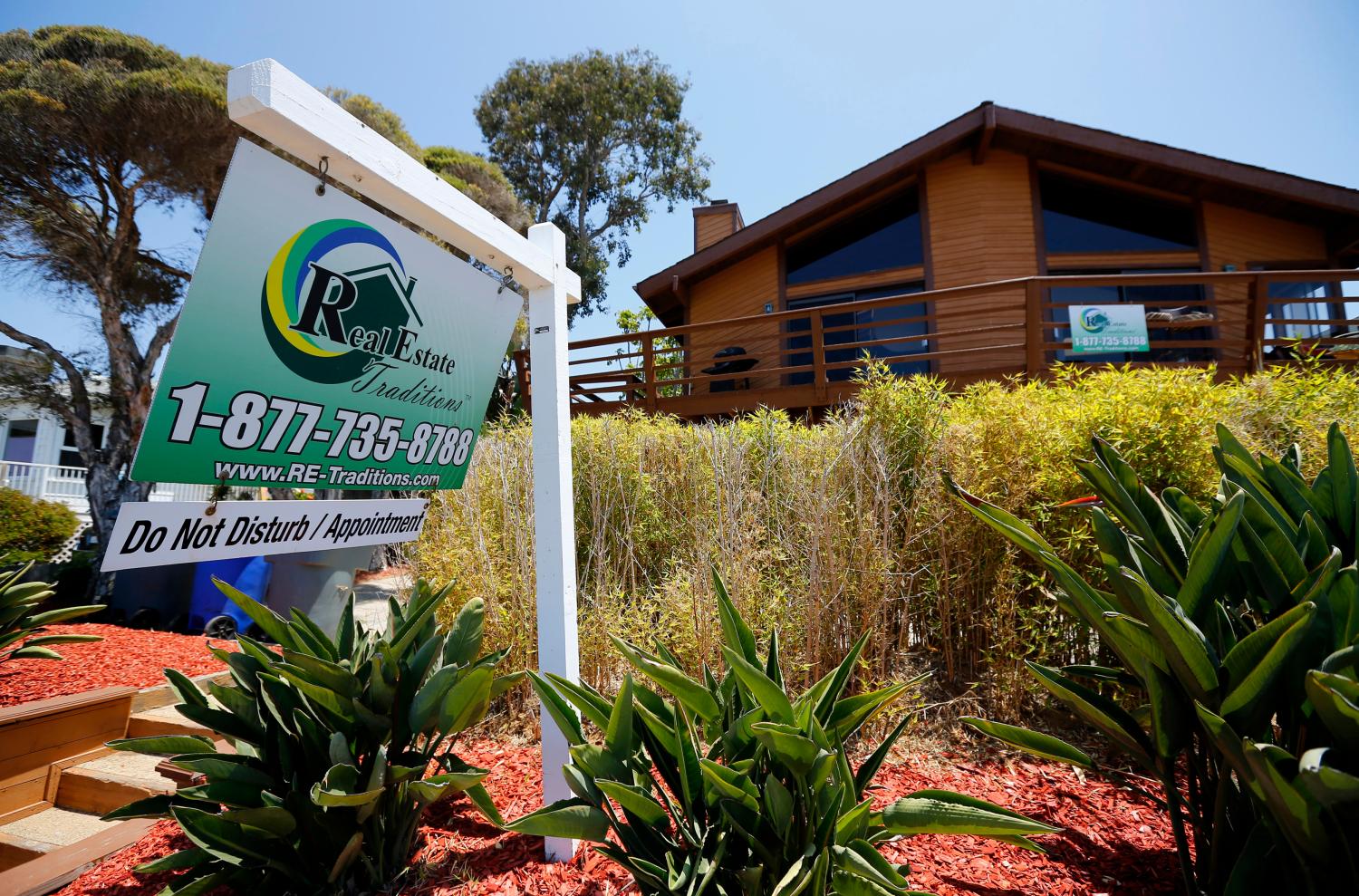This brief presents an overview of residential property taxes in the United States. We consider recent trends in aggregate property tax revenues and examine the property tax at the county level. Property taxes are an important source of revenue for local governments, though effective property tax rates vary substantially by state and region. The counties with the highest property tax burdens tend to be in New York and New Jersey, while the counties with the lowest property tax burdens are located in Alabama and Louisiana. Most counties levy property taxes that are around $1,000 per homeowner and below 1 percent of house value.
Overview
In the United States, virtually all local governments levy taxes on real property, including land, commercial properties, and residential homes.1 Property tax burdens are determined by the property tax rate and the tax base, the latter of which is determined by both the assessed value of the property and the assessment ratio (the share of the assessed value that is subject to tax). Assessed values can vary with the market value of the property or be based on the value when the property is acquired.2 For residential homeowners, the burden of the property tax is substantial, making up about one quarter of homeownership costs at the median homeownership duration (Harris 2013).
States have instituted a wide array of laws to limit property tax burdens. These burdens range from restrictions on the property tax “formula” (the rate and assessment calculation) to reductions or outright elimination of tax liability.3 Specific homestead exemptions lower property tax bills for owner-occupied housing while “circuit breakers” reduce the level of tax for targeted homeowners (usually the elderly or low-income households). Abatements eliminate the tax on designated parcels of land or for classes of taxpayer (e.g., seniors or veterans). Moreover, some states require supermajorities to increase property taxes.4 Virtually all states have statutes limiting the scope of the property tax, but the nature and strength of these limitations varies widely.
Economists are divided on the theoretical treatment of property taxes. Many view property taxes as a “benefit tax,” serving as a revenue source to pay for local amenities. Others view it as a tax on capital, serving to depress returns to capital and distort investment decisions across the economy. Characteristics such as progressivity and efficiency depend on one’s interpretation of the theoretical classification of the tax.5
Property taxes are a major source of revenue for localities in the United States. In 2011, property taxes made up 34.6 percent of total local revenues and 63.9 percent of local own-source revenue (Barnett and Vidal 2013). Property taxes tend to be a stable source of revenue, as many localities set a revenue target to meet expenditure needs and then vary the tax rate to meet this target, conditional on the tax base.6 Even in the aftermath of the Great Recession, in which property values in the United States underwent historic declines, property tax revenue fell less than house prices did.
Using data from the American Community Survey (ACS),7 this brief provides an overview of self-reported property taxes in the United States, including aggregate trends and variation across localities. Several important results emerge. One, most self-reported property tax burdens are between 0.5 percent and 1.0 percent of the home value, amounting to between $500 and $2,000. Two, these self-reported burdens vary substantially by region, with especially high rates in the Northeast and parts of the Midwest. Three, while property tax burdens vary substantially across counties—with property taxes as a share of home values ranging from 0.2 percent (Maui County, Hawaii) to 3.1 percent (Wayne County, New York) in 20118—most of the variation is due to variation across rather than within states, in part reflecting state laws and dependence on property taxes versus other state and local revenue sources.
1. This brief focuses primarily on residential property taxes. No comprehensive recent data on the division between residential, commercial, and industrial property taxes exist, but limited evidence suggests that the share attributable to residential real estate is large and growing (Bell 2012). Gravelle and Wallace (2007) find that among states that provide data along these dimensions, the share of property taxes collected from residential property increased from 52 percent to 64 percent between 1981 and 2004.
2. For example, California’s Proposition 13 established that property taxes are generally based on the acquisition value of a property plus a maximum annual growth rate of 1 percent. Most other states set the property tax base at either the fair market value or some fraction of fair market value. For example, Georgia’s standard for assessment is 40 percent of market value, while Maryland’s standard is 100 percent of market value.
3. The various limits on property taxes are exceptionally complex and beyond the scope of this brief. For more details on these limits, see Anderson (2006), Baer (2003), Bell (2012), Dalehite et al. (2005), and Haveman and Sexton (2008). For a comprehensive overview of various aspects of the property tax, including limits on property taxes, see “Significant Features of the Property Tax.” Lincoln Institute of Land Policy and George Washington Institute of Public Policy. 2013.
4. In 2010, 14 states required a supermajority in the state legislature to raise taxes in general. In addition, Michigan requires a supermajority to raise property taxes only and Florida requires a supermajority to raise corporate taxes only. For further details about these requirements, see “States with Legislative Supermajority Requirements to Increase Taxes, 2010.” Tax Policy Center. 2013.
5. See Nechyba (2001), Zodrow (2001), and Zodrow (2006) for overviews of the various views of property tax incidence.
6. Localities in 20 states plus the District of Columbia have binding limits on property tax increases (i.e., they have either a revenue limit or both an assessment limit and a rate limit). These localities may be unable to meet property tax revenue targets because of constraints on raising property taxes.
7. We will provide annual updates of this property tax data at the State and Local Finance Initiative website.
8. If five-year average taxes are considered, Shannon County, South Dakota faces even higher rates of property tax as a share of home values at 4.2 percent.



